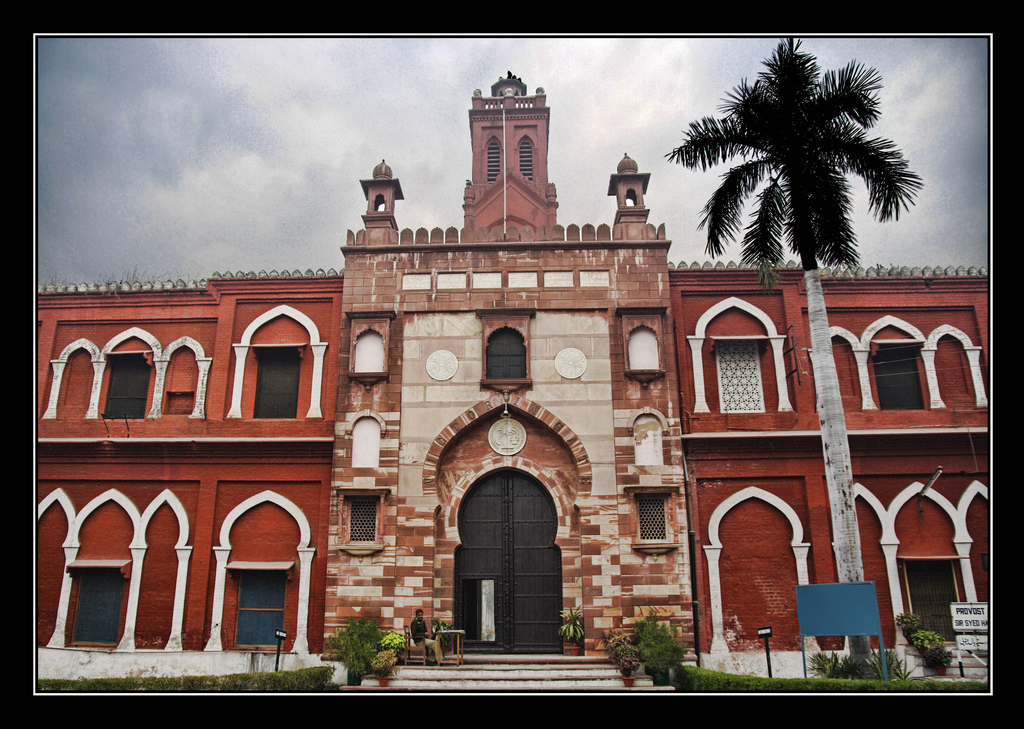By Mumtaz Alam Falahi, TwoCircles.net,
Patna: The Muslims are the most backward community educationally in India. Everyone admits it. But why are so backward the top educational institutions established by the community? Aligarh Muslim University, Jamia Hamdard etc consume huge sum of public money but when it comes to ranking of professional colleges in the country they are nowhere in the sight. Who is to blame?
The Outlook magazine, in its latest issue (28 June 2010), has published annual ranking of top professional colleges in India in different streams like engineering, medicine, mass communication, law, architecture and social work. None of the ‘brand’ institutions of the Muslim community has occupied any place. While two courses of Jamia Millia Islamia, namely mass communication and architecture are in top 10 in respective fields, neither AMU and Jamia Hamdard as whole nor any of their courses or colleges have got any rank. However, a little respite is provided by Hyderabad-based Muffakham Jah College of Engineering and Technology which is among top 50 engineering colleges in the country.

[Photo by columbia.edu]
Muffakham Jah College was established in 1980 and is run by Sultan-ul-Uloom Education Society. AMU was set up in 1875, and is now a central university while Hamdard University was established in 1962, and is a deemed university.
According to the Outlook ranking, in engineering, at No. 1 is IIT Kharagpur. Top 10 of 50 ranks is captured by IITs. Muffakham Jah College of Engineering and Technology gets 50th rank. No other Muslim institution is there. Among top 20 medical colleges, No. 1 is All India Institute of Medical Sciences (Delhi). College of Dental Sciences (Manipal) is ranked No 1 among top 15 dental colleges. In Law, National Law School of India University (Mumbai) is top among top 10 and in Social Work, Tata Institute of Social Sciences is on the top.

[Photo by milligazette.com]
In Architecture, the Department of Architecture of Jamia Millia Islamia (Rank 10) is among top 10 such departments of colleges in the country. The Dept of Arch & Planning of IIT Roorkee is at the top. In Mass Communication, Jamia Millia’s AJ Kidwai MCRC is ranked at No. 3. The top position is held by Xavier Institute of Communication (Mumbai).
But overall, why is so poor performance of Muslim community-established institutions? Why is no course or college of AMU or Hamdard in the ranking?
“This is alarming. Responsibility should be fixed for it. They get huge budgets then why they are back in ranking,” asks Professor Akhtarul Wasey, renowned Islamic Scholar and Head of the Department of Islamic Studies at Jamia Milia Islmia. Giving reason of the backwardness of AMU in academic excellence, Prof Wasey talking to TCN from New Delhi says: “Bickering, internal strife and backbiting has downed the historic institute.” No VC in the last 20 years was allowed to work peacefully, he adds.
About Jamia Hamdard, Porf Wasey, who has authored several books, says the institute has lost its distinction of academic excellence somewhere.

[Photo by delhiphotodairy.blogspot.com]
Overall, Prof Wasey, who is also Vice-Chairman of Urdu Academy of Delhi, admits, these Muslim institutions lack vision, planning, structure and capacity building. He is happy Jamia Millia’s two courses are in the ranks, and for it he gives credit to the vision that the institute enjoys. “Take the case of AJ Kidwai MCRC, Jamia was the first to introduce Masters degree course in mass communication.”
Bihar’s noted educationist and academician Prof Abuzar Kamaluddin is also sad at the dismal performance of AMU. In his view the reason is AMU not having good faculty.
“Community sends its best of the best students to AMU but due to lack of proper faculty these talented students fade out before they bloom. It is a tragedy, a waste of talent,” says Prof Kamaluddin who is currently Principal of M P Sinha Science College in Muzaffarpur.
If they solve the issue of faculty, they will get 50% result if they are now getting 10%, says Prof Kamaluddin who has also served as Vice Chairman, Bihar Intermediate Educational Council.
On the role of bickering in poor performance of AMU, the author of several books Prof Kamaluddin says: “No institute is free from bickering or internal strife for promotion or such things, even IITs are facing such problems. But if the faculty is good such issues will not hamper the performance of the class. After all, the faculty has issues with administration and teachers, not students. Once they are in classroom, they will deliver.” Prof Kamaluddin has written several books on education—the latest one is “Education: Views and Vision – A Suggestive Study with Critical Analysis Under the Backdrop of Bihar.”
